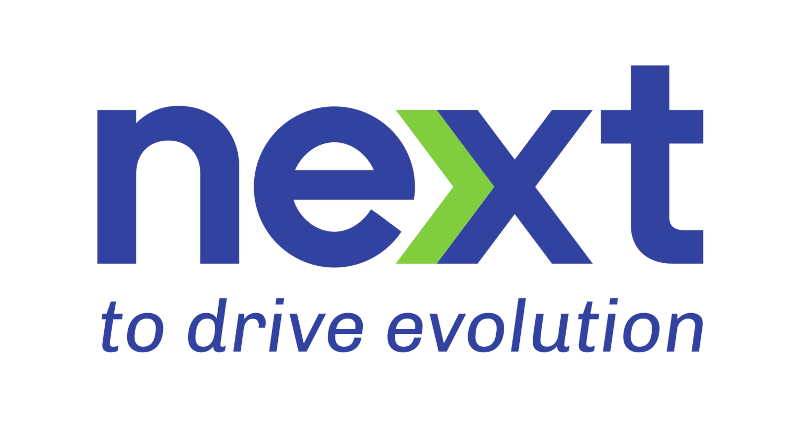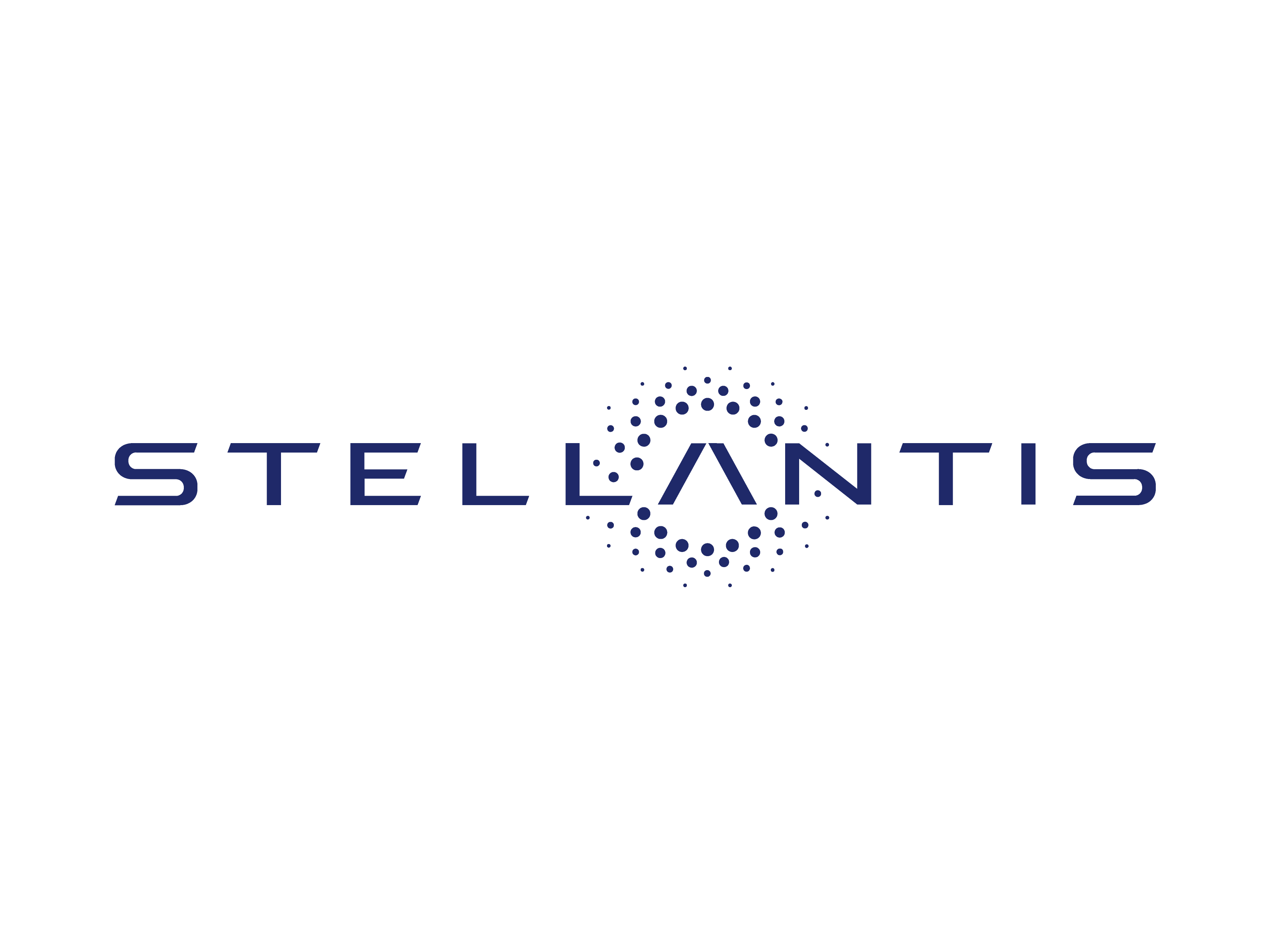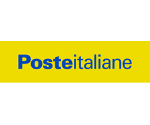This is a million-dollar question, you might think.
The answer is, in reality, quite simple: the secret of success is tied to take the best decisions and “make the right thing”.
It’s hard to object.
At this point we just have to investigate on what to do in order to make the right decisions.
There are different hypotheses here…
Some think the experience that comes from mistakes and bad decisions slowly defines a successful know how.
Maybe.
The experience may also constitute a heavy delay.
It may be misleading as it can hurt or exalt.
A negative experience may scare us, while a positive one can turn into a “false friend”.
Not to mention all the opportunities lost in the name of “we’ve always done it this way,” a well-known phrase, killer of every yearning for innovation and improvement. An example then, of a toxic experience.
Let’s get back to our question: how do we make the right decision?
The importance of data
How to make the right decision?
The giant strides made by modern technology over the past 20 years provide the answer to that question: data.
Come to think of it, data is just a different way of looking at the experience: it is an experience, we could say, in real time, an experience that is constantly putting itself into play, adjusting its focus frequently and looking only at the final goal.
An experience deprived of the “emotional” side, which ignores the “bubble of prejudice” in which each of us inevitably finds ourselves… because of our previous experiences.
The data is “cold”, they say. This sounds bad, but on the contrary, it shields us from subjective evaluations, impulsiveness, and instinct, which may guess… or not.
The biggest mistake a manager can make is to fall in love with his own ideas or intuitions, like a new Narcissus.
Data are the kind of experience that modern time needs: fast, efficient by vocation, sustainable by necessity.
That’s why today we hear more and more talk of “data driven company“.
A data-driven company is a company that is always focused on efficiency and sustainability objectives, and to do this, the north of the compass must always be evident and clear: data guides choices; data helps, supports; data foresees, anticipates, prefigures.
The question that now comes to mind, however, is the following: how to obtain the data needed to make the best possible decisions?
Equipping ourselves with a data acquisition system
This is the answer.
So, to recap:
What is the secret to success?
Making the right decisions.
How do you make the right decisions?
With the help of data.
How do you get the data?
With a data acquisition system.
And, we’ll add, a data-driven culture embraced by the company at all levels.
A data acquisition system can mean many things. It can be implemented at a low level, or at a much deeper level: it’s one thing to make a machine simply “smart”, but it’s another to monitor hundreds or thousands of variables and set automations linked to certain values.
A data acquisition system leverages, on sensors, PLCs, but more broadly, on a general connected system, IoT type.
A data acquisition system doesn’t just collect big data, but is able to synthesize values, relationships and comparisons into clear and rational dashboards and in a visual mode.
An effective data acquisition system can provide different information to different company roles: the operator, the plant manager and the CEO of the company need different data, summaries and charts.
Finally, to conclude, we will say that a data acquisition system yesterday represented the avant-garde, while today it’s a concrete element of greater competitiveness.
Tomorrow will be like today’s PC in every office.
If you’re interested in the themes that we’re covering, follow and text us on Linkedin: we’d like to know YOUR opinion
You may want to use something even quicker, in that case, follow us on Telegram!


















Recent Comments